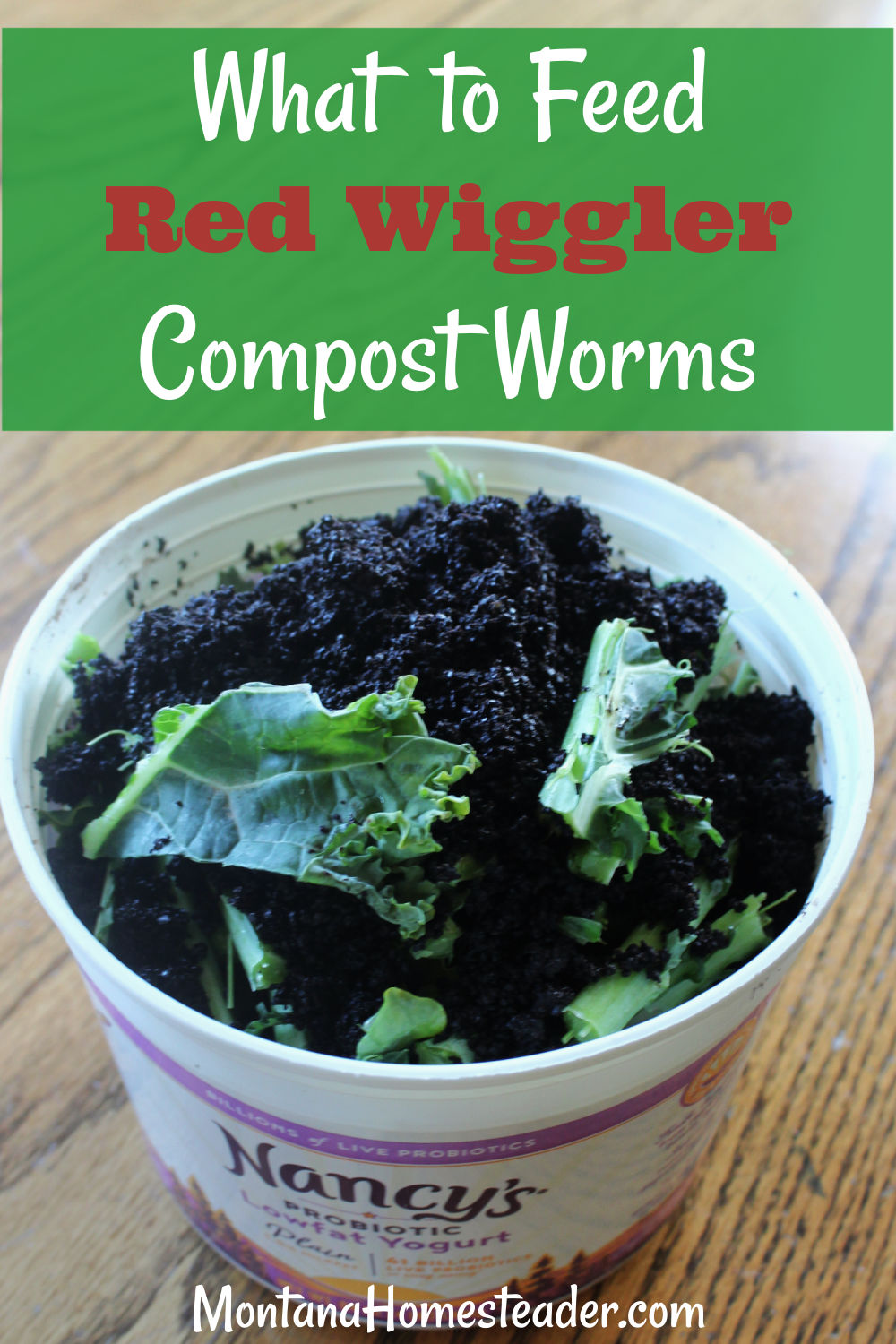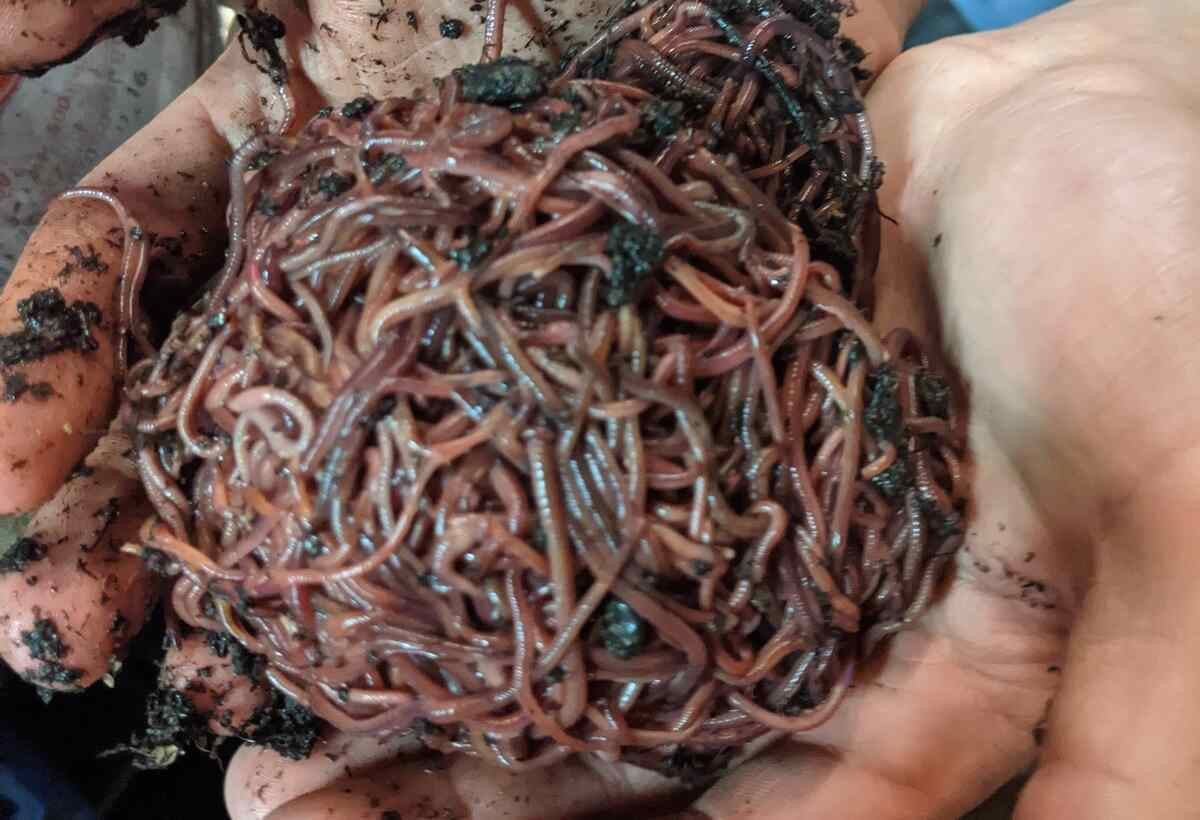Why Choose Red Wiggler Express for Quality and Trustworthy Fishing Bait?
Open the Keys of Red Wigglers: Your Overview to Composting Success
The combination of red wigglers right into composting methods presents a significant possibility for boosting soil health and promoting sustainability. Comprehending their needs and actions is vital for enhancing their potential, from establishing up a proper worm bin to feeding them the best products.

What Are Red Wigglers?
(Red Wiggler Express)Red wigglers, scientifically called Eisenia fetida, are a types of earthworm mainly utilized in composting as a result of their amazing capacity to disintegrate raw material efficiently. These worms are defined by their reddish-brown coloration and a fractional body, generally measuring between 3 to 4 inches in length. Unlike other earthworm types, red wigglers thrive in rich, natural environments, making them ideal for vermicomposting systems.
Native to The United States And copyright, they are typically found in rotting fallen leaves and compost heaps, where they play an important duty in nutrient recycling. Their adaptation to staying in a moist, cardiovascular environment enables them to eat big quantities of natural waste, breaking it down into nutrient-rich spreadings that enhance dirt wellness.
Red wigglers reproduce swiftly, with a solitary worm capable of producing several cocoons each week, each consisting of numerous hatchlings. Recognizing the biology and behavior of red wigglers is important for optimizing their potential in composting applications.
Benefits of Using Red Wigglers
Taking advantage of the power of red wigglers in composting supplies countless advantages that boost dirt health and wellness and advertise lasting waste monitoring. These remarkable organisms efficiently break down raw material, changing kitchen scraps and yard waste into nutrient-rich vermicompost. This finished product is exceptionally beneficial for plant growth, as it boosts dirt framework, raises dampness retention, and improves nutrition accessibility.

(Red Wiggler Express)Additionally, the visibility of red wigglers in your composting system can speed up the composting process, generating high-grade garden compost in a fraction of the moment compared to conventional approaches. The spreadings produced by these worms are additionally including useful microorganisms that better enhance the dirt community.
Setting Up Your Worm Bin
Producing an effective worm bin is an uncomplicated process that can significantly boost your composting efforts. Worm containers can be made from plastic storage space bins, wooden boxes, or readily available worm bins.
Next, prepare the bed linens product, which serves as the worms' habitat. A mix of shredded newspaper, cardboard, and coconut coir functions well, giving a comfortable environment for the worms.

Feeding Your Red Wigglers
To make sure the health and wellness and productivity of your red wigglers, it is necessary to provide them with a well balanced diet regimen that satisfies their dietary requirements. Red wigglers flourish on a varied variety of organic products, which not just supply necessary nutrients yet likewise promote effective composting.
Start by including cooking area scraps such as vegetable peels, fruit cores, and coffee premises. Avoid citrus fruits, onions, and garlic, as these can be destructive to worm health and wellness. Additionally, present shredded paper, cardboard, and completely dry fallen leaves to develop a well-aerated atmosphere.
Feeding frequency ought to be kept an eye on; usually, worms can eat half their body weight in food weekly. It is essential to avoid overfeeding, as excess food can bring about unpleasant smells and attract bugs. An excellent method is to include food in little quantities, allowing worms to refine it prior to introducing extra.
Maintaining wetness levels is additionally vital; the bed linen needs to be moist yet not soggy. Be certain to regularly check the temperature level and pH degrees of the bin to guarantee an optimum setting for your red wigglers, ultimately improving their composting effectiveness.
Harvesting and Making Use Of Compost
An effective composting process with red wigglers finishes in the abundant, dark garden compost referred to as vermicompost, which can substantially boost dirt wellness and plant development. Gathering this nutrient-dense material usually happens every 3 to six months, depending upon the size of your system and the amount of raw material being processed.
To harvest, gently different the garden compost from the worms and any type of undecomposed products. One efficient method involves look at these guys relocating the components of the bin away and including fresh bed linen and food to the void, encouraging the worms to move. After a couple of days, the compost can be collected from the contrary side.
It is essential to use vermicompost correctly to optimize its benefits. By integrating vermicompost right into your gardening routine, you not only reuse natural waste however additionally produce a growing community that sustains sustainable gardening techniques.
Conclusion
In recap, red wigglers serve as outstanding allies in composting efforts, transforming natural waste right into nutrient-rich vermicompost (Red Wiggler Express). Their distinct organic characteristics and effective waste handling capabilities contribute substantially to sustainable gardening methods. By recognizing the optimal conditions for their habitat, feeding needs, and garden compost harvesting techniques, gardeners can improve dirt health and promote plant vitality. Accepting vermicomposting not only minimizes land fill waste yet also promotes a much more ecologically liable approach to gardening and source monitoring.